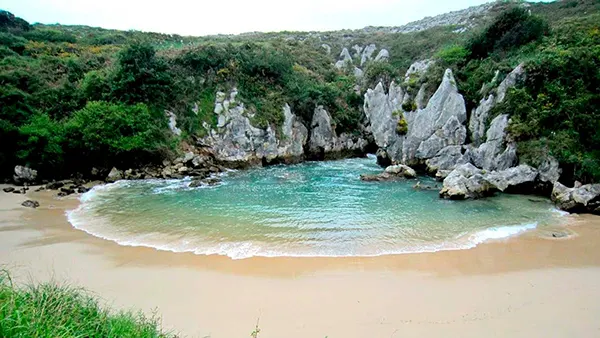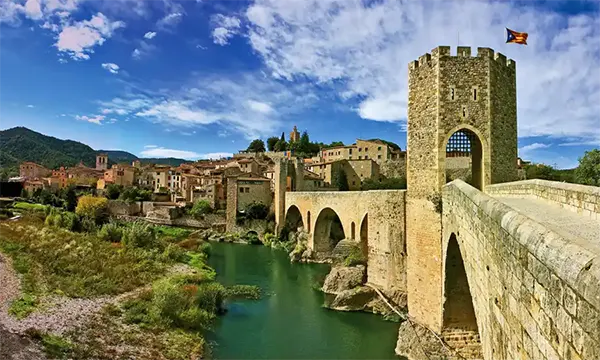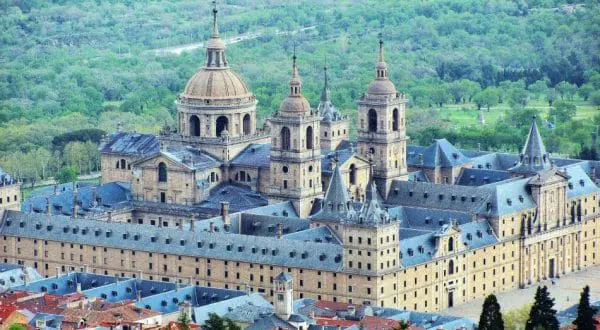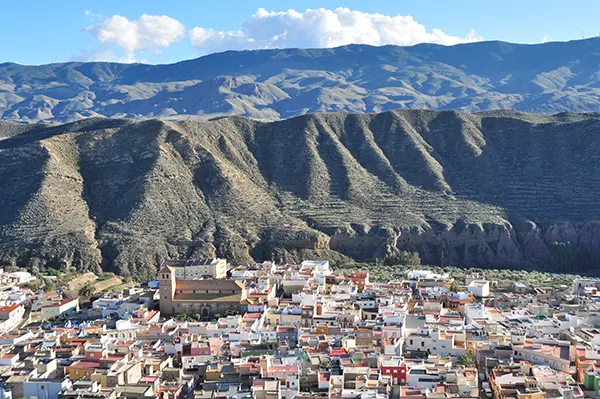National Prado Museum
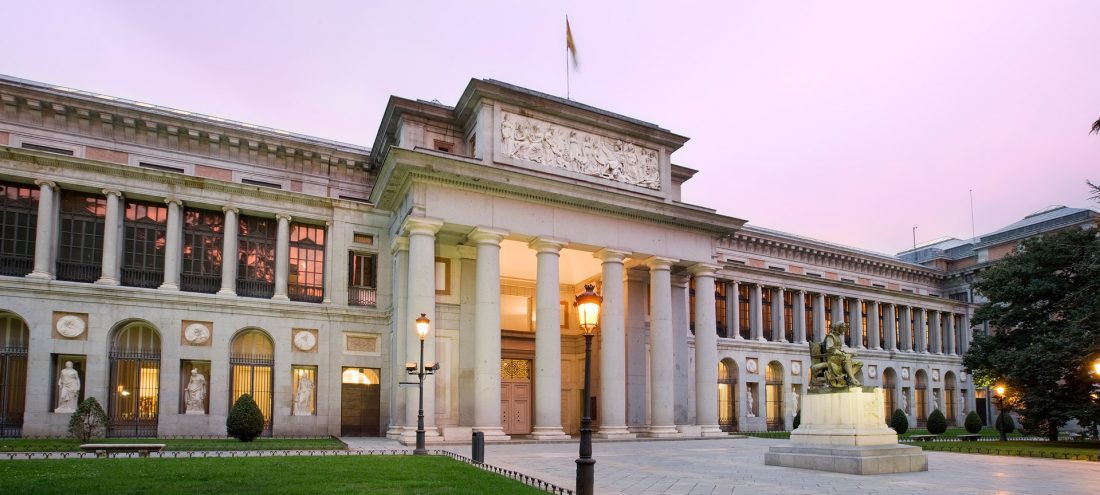
The National Prado Museum is located on one of the most popular tourist routes in Madrid, namely the Boulevard of Arts. In the museum you can find the most authentic and renowned works of art. The Prado’s most valuable collection comprises 8,600 paintings and over 700 sculptures. And tourists are advised to read the reference material before visiting the museum.
And inside is a large number of Spanish paintings dating back to the 11th century. In fact, the halls are filled with all sorts of different eras; it could be Spanish-Flemish Gothic or Renaissance. With all this, of course, works from a variety of artists are represented. And in the halls devoted to the works of El Greco you can find:
- The Trinity.
- The knight with his hand on his chest.
As for the Golden Age, there are canvases:
- Surbaran.
- Ribera.
- Murillo.
If we’re talking about the halls of Francisco Goyet, who created his masterpieces at the turn of the century, namely the 18th and 19th, there are works ranging from tapestry cartoons to Gloomy paintings. There are also paintings that focus on 19th century painting.
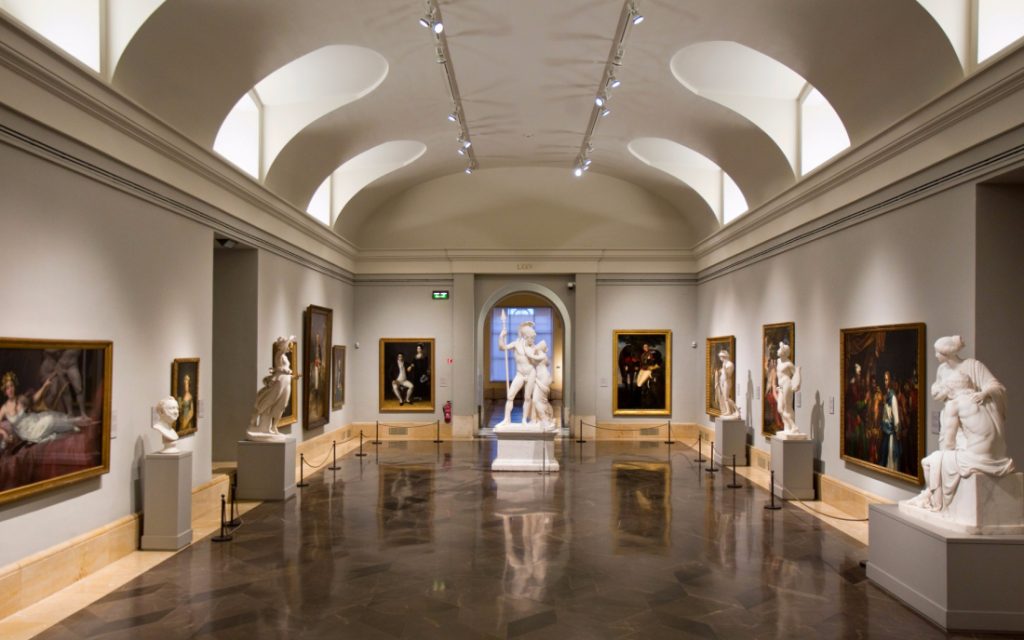
A bit of history
It’s important to note that the museum opened back in 1819 and the initiator of this project was Queen Maria Isabella de Braganza. The architect was Juan de Villanueva. And from then on, the number of pieces of art began to grow rapidly.
During the Spanish Civil War all the exhibits were moved to the lower floors of the museum. In this way it was possible to protect everything from being bombed. The League of Nations then recommended that everything be moved to Geneva. And after the end of the Second World War, all the paintings were returned to the capital.
More than 200 years after the opening there is a new exhibition, which forms part of the permanent exhibition. Its essence is to tell the story through the prism of architecture from the 18th century to the present day. The halls of Villanueva deserve special attention, where they are located:
- Photographs.
- Postcards.
- Books.
- News from newspapers.
- Trade cheques.
- Decor items.
- Furniture.
- Sculptures.
All of these elements are able to introduce the visitor to a variety of projects and works that are directly related to the development of the museum itself.
Periodic exhibitions of the museum
A huge collection of paintings, sculptures, decorative objects and so on can be found in the old building. A new building was erected next door, where various exhibitions are held regularly. And there are restoration workshops, restaurants and cafés, and a concert hall.
In addition, the hall of Cason, the former ballroom of the now-defunct palace, is also part of the museum. This is where the library and reading room are located.
It goes without saying that inside there are a lot of different collections in different styles, and the authors are also very different, but all renowned and famous. In other words, a painting and art lover is sure to find interesting exhibits.

